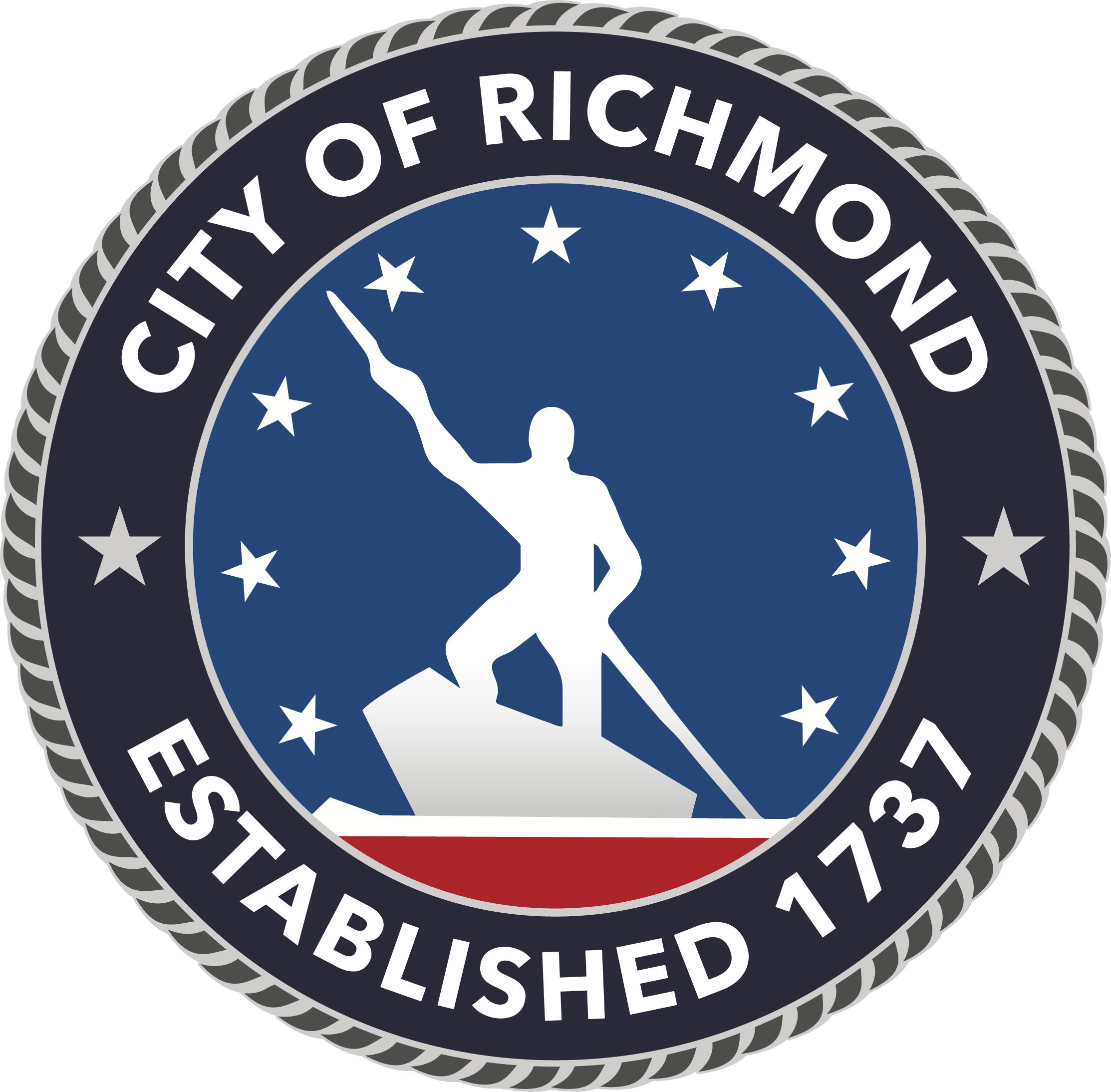With high intensity rain events forecasted for the region, the City of Richmond is actively preparing for potential flooding and urges residents and businesses to take precautionary steps to help minimize impacts.
While weather events are beyond our control, the City’s agencies are taking proactive steps to mitigate potential effects. The Department of Public Utilities (DPU) has deployed crews to inspect and clear storm drains in known trouble spots. Staff remain on-call and are prepared to respond quickly to blocked inlets or drainage issues. Additional signage for flood-prone streets has been staged and is ready for deployment if needed. Residents and businesses are encouraged to play a vital role in flood prevention by keeping storm drains clear of trash, leaves, sediment, cigarette butts, and lawn debris. Blocked inlets can significantly reduce drainage capacity, leading to localized flooding, driving hazards, and property damage even during minor rain events.
The Department of Public Works (DPW) is also actively engaged, coordinating signage deployment in areas with known flood risk. While the Magnolia Street flood gate is currently inoperable, signage will be placed to alert drivers. Bainbridge Street flood gates remain operational. Emergency Services Operations (ESO) teams, along with Urban Forestry, Traffic, and Maintenance crews, are on call through the night to respond as needed.
The Department of Parks, Recreation and Community Facilities (PRCF) will also be monitoring levels in the James River. James River Park System staff have protocols in place ensure the safety of all park users and have been activated with the recent rains. PRCF asks that residents adhere to the posted signage at river entry points.
City departments and partners are receiving regular weather updates and continuing coordinated response efforts to safeguard public infrastructure and community wellbeing. Flooding is a common occurrence during severe rainstorms, and several contributing factors can increase the risk. A full list of those factors is available on the City’s Stormwater Management page www.rva.gov/public-utilities/stormwater-management under the “Floodplain Management” tab. Long-term, the City’s RVAgreen 2050 plan has identified “Reducing risks and impacts to the community and natural environment from extreme precipitation and flooding” as one of its key objectives. The full plan is available at www.rvagreen2050.com/rvagreen-2050-plan.
Residents are encouraged to stay informed by visiting www.rva.gov or following us on Facebook and Instagram @RVAGov. The City of Richmond thanks the community for its cooperation and continued vigilance during this weather event.







